Terra Futura Sustainable Design Too Brilliant to Ignore
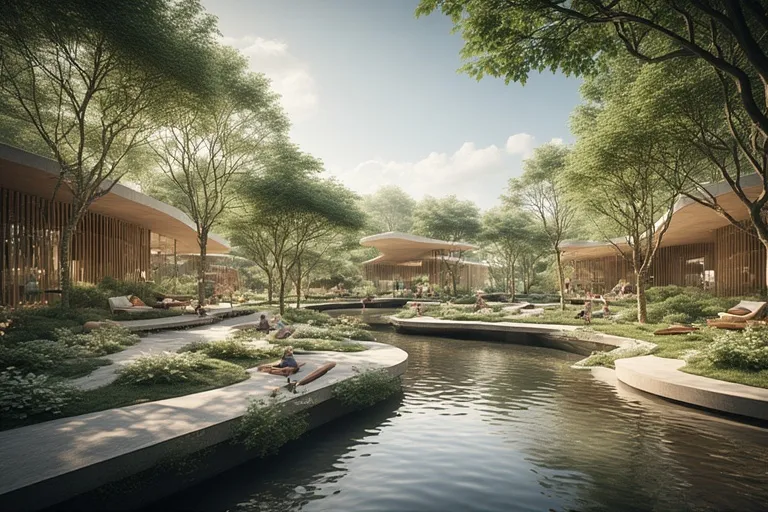
Terra Futura sustainable design represents a forward-thinking approach to harmonizing human innovation with the natural world. More than just a design philosophy, it encourages architects, engineers, and communities to create spaces that respect ecological limits while promoting resilience and long-term growth. From integrating renewable energy to employing circular materials, Terra Futura blends creativity, science, and ethics to redefine how we build and live for a sustainable future.
Understanding the Philosophy of Terra Futura
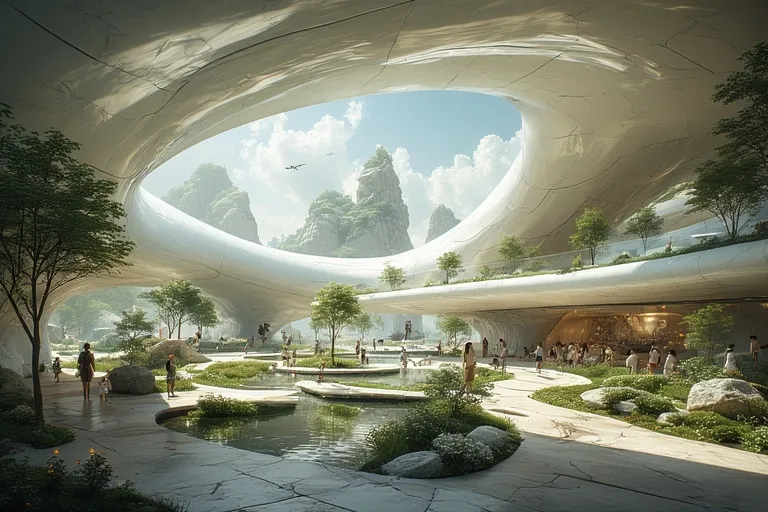
At its core, Terra Futura stands for “Future Earth”—a world that embraces sustainability not as an option, but as a necessity. The philosophy of this design approach rests on balance, regeneration, and innovation. It urges humanity to move beyond short-term convenience and focus on long-term survival and prosperity.
Sustainable design in this context is not limited to eco-friendly buildings; it encompasses entire systems of living, from urban infrastructure and manufacturing to digital technologies and cultural values. The aim is to minimize environmental harm, promote renewable resources, and ensure that human activity contributes positively to the ecosystem.
This vision pushes designers to rethink every decision:
- Can this material be reused or recycled?
- How can architecture reduce its carbon footprint?
- What role can technology play in supporting zero-waste production?
Each of these questions forms the foundation of Terra Futura’s sustainable design ideology.
Principles Behind Terra Futura Sustainable Design
To understand how this model can reshape our planet, it’s essential to explore its guiding principles.
1. Regenerative Design

Unlike traditional sustainability—which focuses on minimizing harm—regenerative design aims to restore and improve ecosystems. It encourages using materials, energy, and processes that not only sustain but heal the planet.
For example, green roofs that absorb CO₂, rain gardens that manage stormwater naturally, or buildings that generate more energy than they consume are all part of the regenerative mindset.
2. Circular Economy
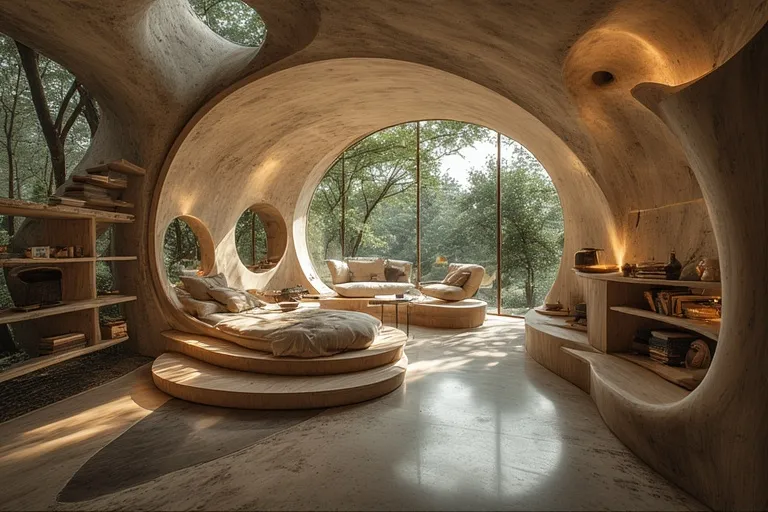
Terra Futura promotes a circular approach where waste is eliminated, and every product or structure is designed for longevity, repair, and reuse. This is the opposite of a “take, make, dispose” economy. Instead, it’s a closed-loop system where materials retain value and resources are continuously cycled.
3. Human-Centered Innovation
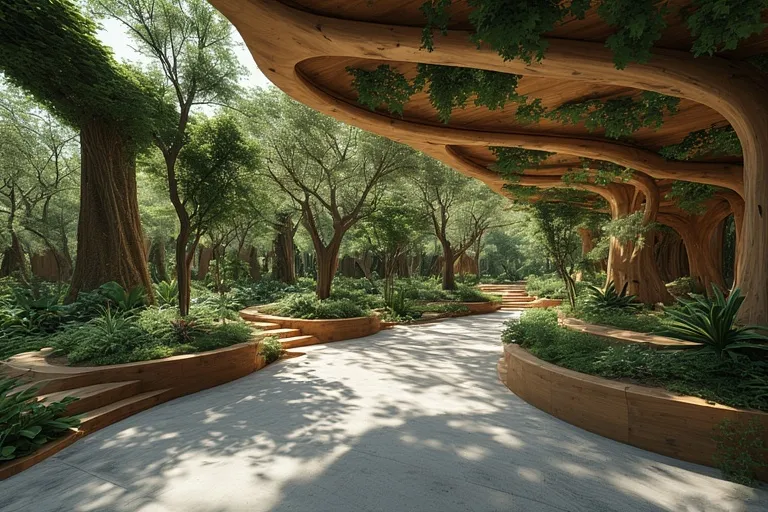
While environmental preservation is critical, Terra Futura also emphasizes human experience. Sustainable design must support physical health, emotional well-being, and community connection. Spaces are designed to be inclusive, safe, and uplifting—helping people feel part of a larger ecosystem.
4. Technological Integration
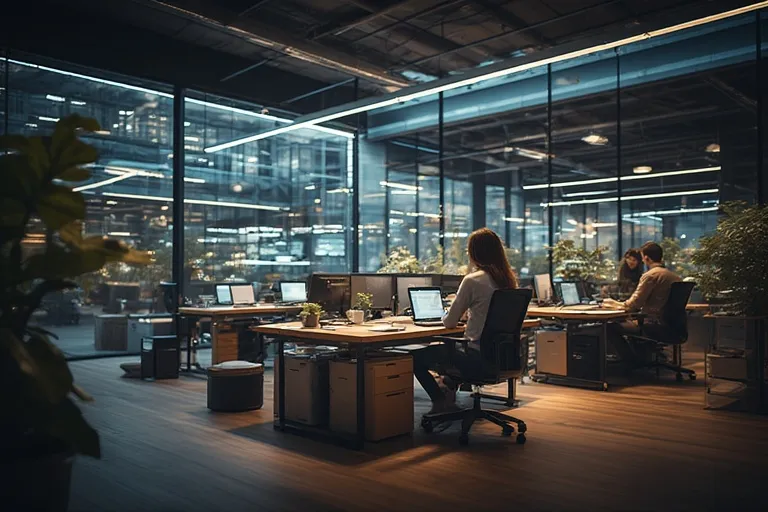
Smart technologies play a key role in monitoring and managing sustainability goals. From smart grids that optimize energy use to AI-driven waste management systems, technology is seen as an enabler of eco-conscious design, not an obstacle.
5. Local Responsiveness
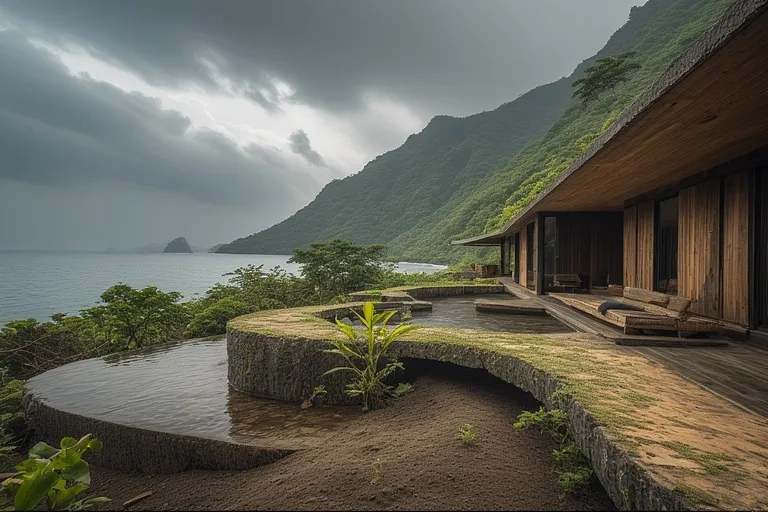
No two ecosystems are the same, which means design solutions should be adapted to local climates, cultures, and needs. Terra Futura values local craftsmanship, traditional methods, and regional materials, ensuring every project is both sustainable and culturally authentic.
Applications of Terra Futura in Real Life
The beauty of this design philosophy lies in its versatility. Terra Futura principles can be applied across multiple industries and scales.
1. Architecture and Urban Planning
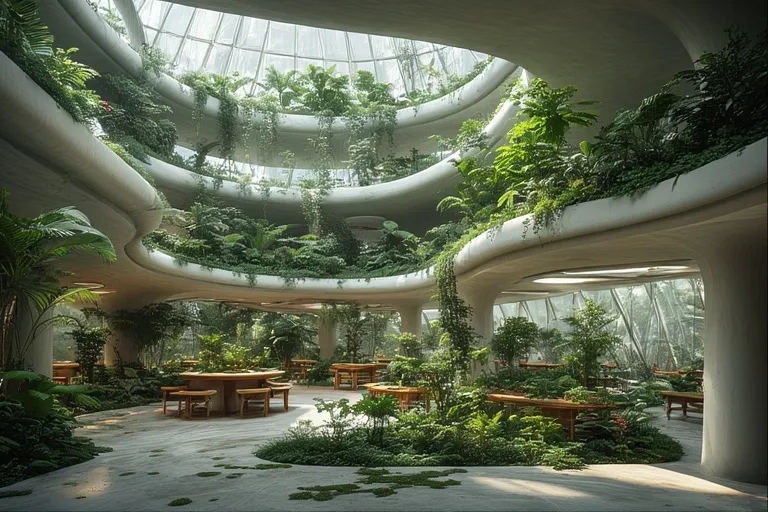
Modern architecture inspired by Terra Futura often focuses on biophilic design—integrating nature directly into built environments. Urban spaces include vertical gardens, renewable energy systems, and water recycling units.
Cities like Copenhagen and Singapore are already moving in this direction, incorporating green corridors, solar panels, and sustainable public transport networks.
2. Product and Industrial Design
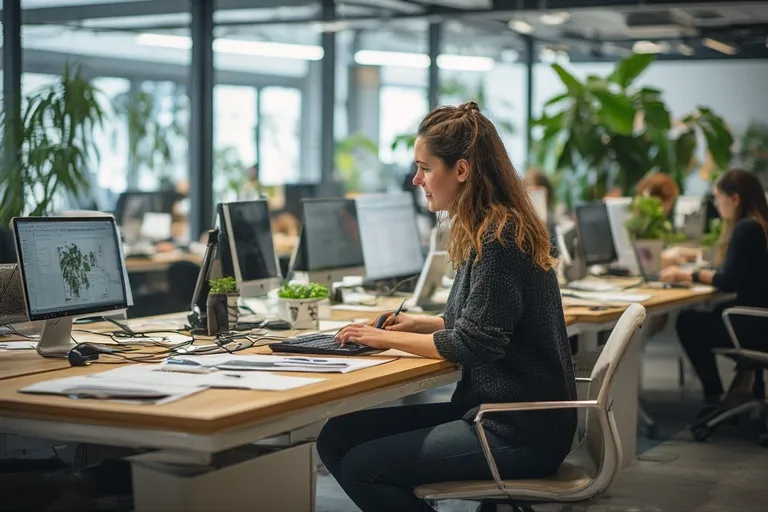
In product development, the emphasis is on eco-efficiency. Designers use biodegradable materials, modular structures, and recyclable components. Companies adopting these practices not only reduce waste but also align with consumer demand for ethical products.
3. Fashion and Textiles

The fashion industry, once notorious for waste, is transforming under sustainable design principles. Terra Futura’s influence is evident in zero-waste patterns, recycled fabrics, and ethical production chains. Fashion is shifting from fast consumption to slow, thoughtful creation.
4. Energy Systems
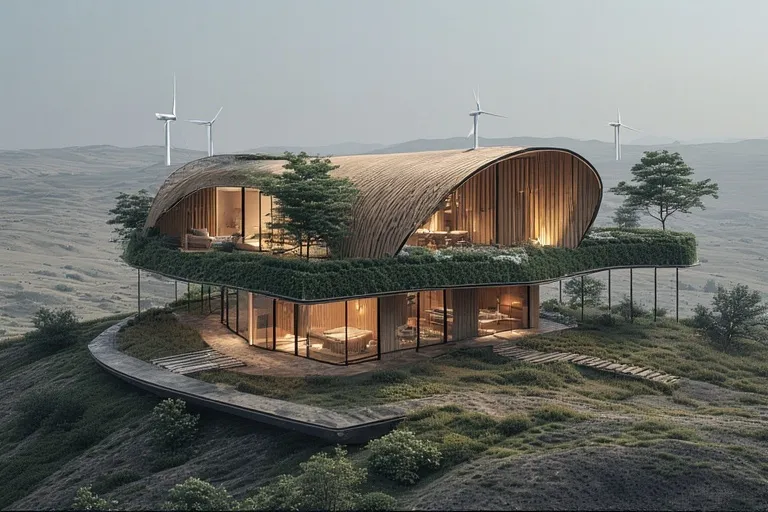
The transition from fossil fuels to renewable energy sources is central to Terra Futura’s mission. Wind farms, solar grids, and geothermal systems symbolize a future where design meets ecological intelligence. Buildings are designed to generate, store, and share clean energy.
5. Education and Policy
Educational institutions are embracing sustainability curricula, teaching the next generation how to think ecologically. Governments, too, are embedding these values in policy frameworks, offering incentives for green innovation and circular development.
Challenges in Implementing Terra Futura Sustainable Design
While the vision is inspiring, implementation presents several challenges:
- High Initial Costs: Green technologies often require larger upfront investments.
- Lack of Awareness: Many communities still lack education about sustainability benefits.
- Regulatory Barriers: Outdated construction codes can slow down innovation.
- Material Availability: Eco-friendly materials may not be accessible everywhere.
However, these barriers are not permanent. As awareness grows and technology advances, sustainable design is becoming more affordable, accessible, and mainstream.
The Future of Design and Sustainability
The next decade promises an era of eco-innovation and digital transformation. Artificial intelligence, biomimicry, and data-driven design will merge to create cities that breathe, buildings that think, and systems that self-correct.
Consumers are also demanding transparency and accountability, pushing industries toward cleaner practices. Sustainability is no longer just a trend—it’s a movement redefining every aspect of design and business.
Terra Futura stands as a bridge between humanity’s creativity and nature’s wisdom, offering hope that the two can coexist in balance.
Why Terra Futura Matters
What sets this philosophy apart is its holistic approach. It doesn’t treat sustainability as a checklist but as a mindset—one that sees the planet as a living organism rather than a resource to exploit.
By focusing on restoration, innovation, and community, Terra Futura encourages people to design with empathy—for both nature and future generations.
From eco-cities to digital platforms, the ripple effect of this design approach can transform the global economy into one that is resilient, inclusive, and regenerative.
The Role of Individuals and Businesses
While architects and policymakers play major roles, real change happens when individuals and organizations make conscious choices.
- Businesses can reduce their carbon footprint, adopt ethical sourcing, and support circular production.
- Individuals can support brands that value sustainability, minimize waste, and promote responsible living.
Every small action contributes to a collective shift toward the Terra Futura vision.
Conclusion
Terra Futura sustainable design represents more than a creative concept—it’s a roadmap to a livable, resilient, and equitable future. Through this philosophy, the boundaries between human progress and environmental stewardship fade away, allowing both to thrive together. The journey toward Terra Futura is already underway, led by innovators, thinkers, and communities determined to make “future earth” not just a dream, but a shared reality.
Q1. What is Terra Futura sustainable design?
It’s a philosophy focused on creating eco-friendly, regenerative, and future-oriented design solutions.
Q2. Why is Terra Futura important?
It promotes harmony between human innovation and the environment for long-term sustainability.
Q3. What are the key principles of Terra Futura design?
Regeneration, circular economy, human-centered innovation, and technological integration.
Q4. How does Terra Futura influence architecture?
It inspires green buildings, renewable energy use, and eco-conscious urban planning.
Q5. Can businesses adopt Terra Futura principles?
Yes, by using sustainable materials, reducing waste, and supporting circular production systems.
